Roasted Ambercup Squash
Fall is in the air. It's back-to-school time for little children. And my YouTube feed has started recommending Hocus Pocus-themed videos. Ahhh but it is only mid-August, 90 degrees out, and my local Costco has begun with their Christmas displays. Which makes me culinarily confused. My peppers have only begun to ripen and I will have months still of fresh produce from the garden. But apparently we've skipped fall entirely and are awaiting the upcoming winter holiday? Which has seen less spending as of late, so they have decided merely to extend the season... to be almost half a year long! Alas, I am meeting in the middle and have decided on roasted ambercup squash.
Ambercup is a medium-sized squash variety. Mine came in at a whopping two and a half pounds. Which is honestly about the size of a large buttercup squash. Although it is much denser, with larger seeds, and requires vastly longer cook time! My ambercup squash took about 2 hours to roast. Although this will vary drastically depending on the size of your particular squash.
Ambercup aren't the most common type of squash typically available in the United States. They're an incredibly dense squash and amongst the sweeter varieties. It is often referred to as amber cup or kabocha squash. I'm calling it an ambercup here because there are several types of kabocha squash and the ones that are more prevalent in this area are typically green. I have actually planted some of them in my garden.
What Does Ambercup Squash Taste Like?
Ambercup originated in the Americas and are often likened to acorn squash. However, I find them more similar to buttercup squash. Buttercup are my go-to squash variety. They're available and most grocery stores year-round, have a relatively quick roasting time, and a sweet, almost buttery flavor. Any recipe that requires acorn or butternut squash can easily be substituted here. I find butternut and acorn squash to be quite generic, though. There comes a time when you want a more robust flavor profile. I would maybe liken them more to calabaza squash in that regard.
Calabaza Squash are a Central and South American squash variety with deep orange flesh and large seeds. The one that I got last year weighed 10 pounds. And, while the ambercup squash might pale in comparison size-wise! It has a very similar taste and texture. Although slightly sweeter in flavor with perhaps better roasted seeds.
Gallery


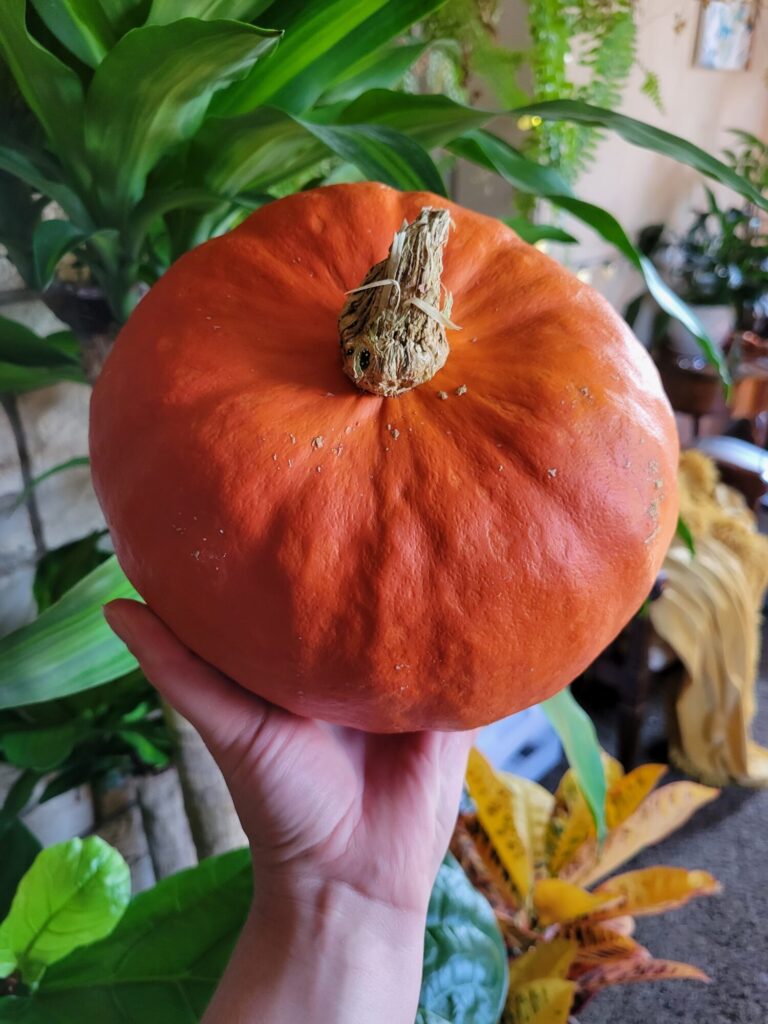

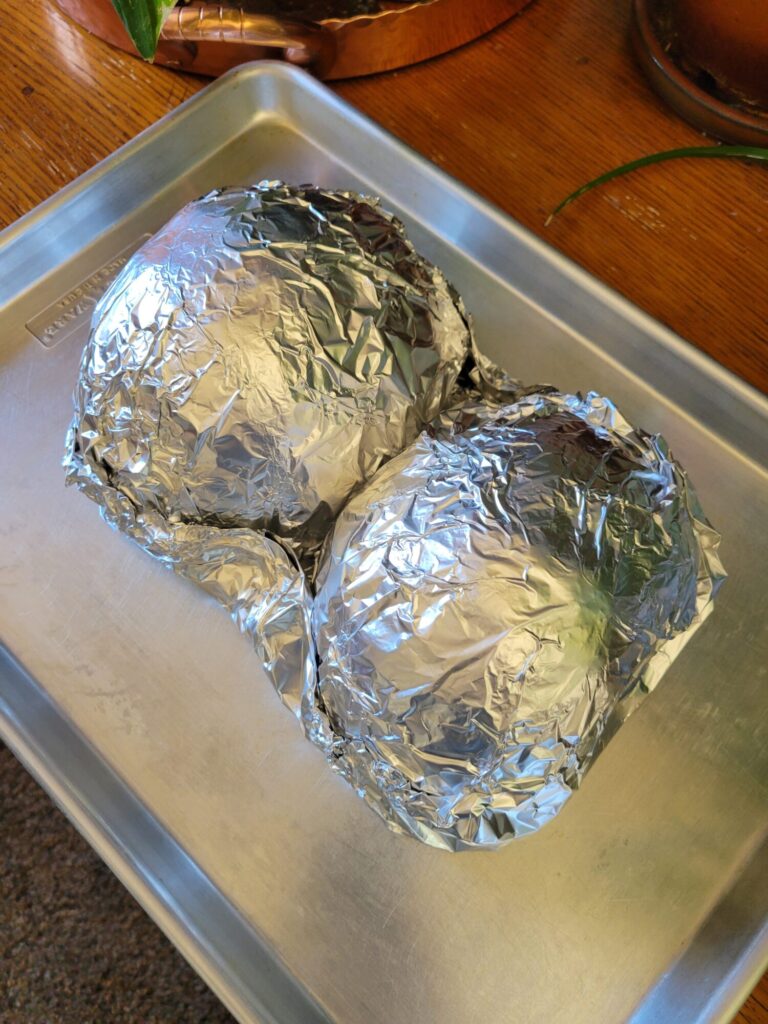
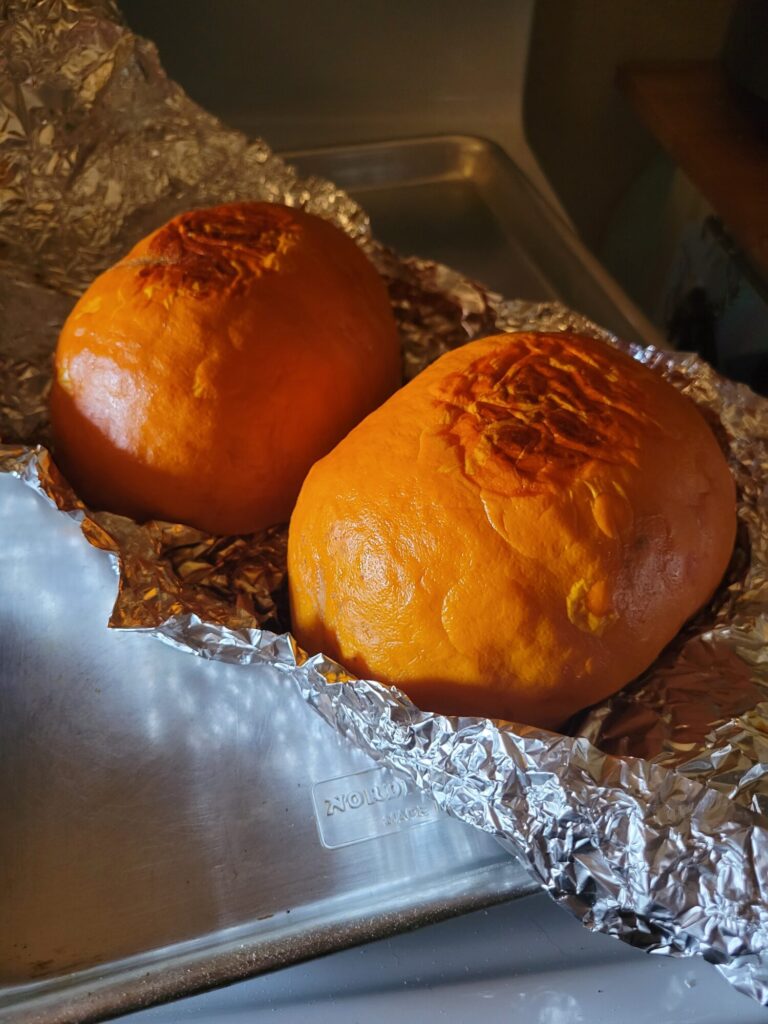

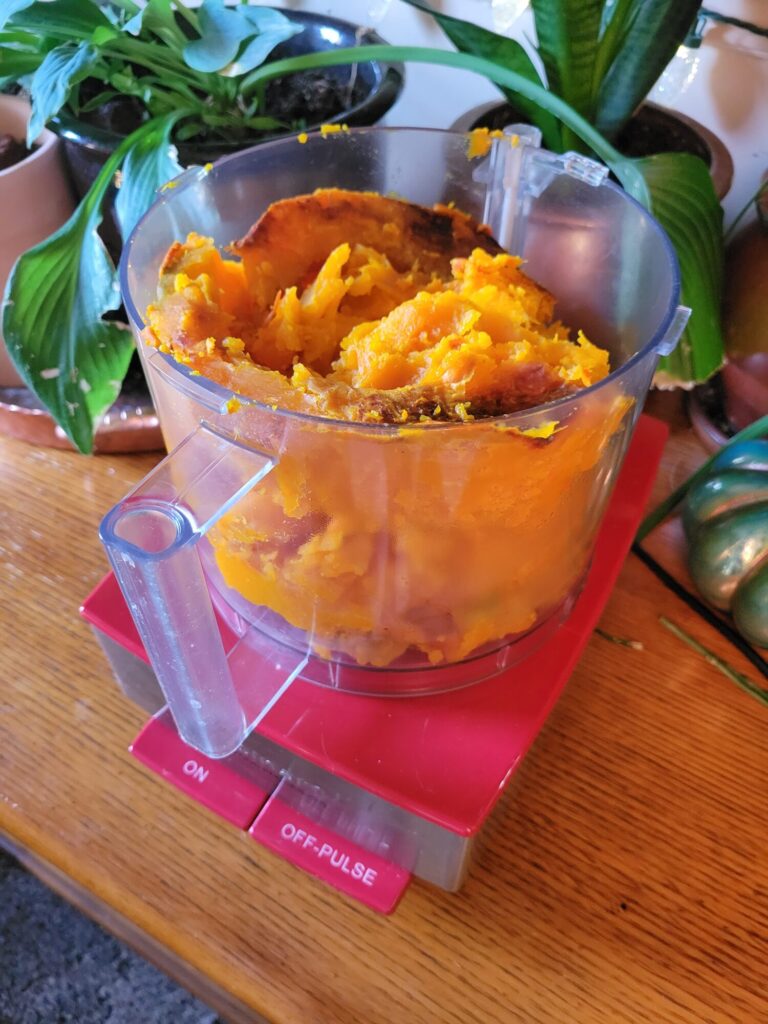
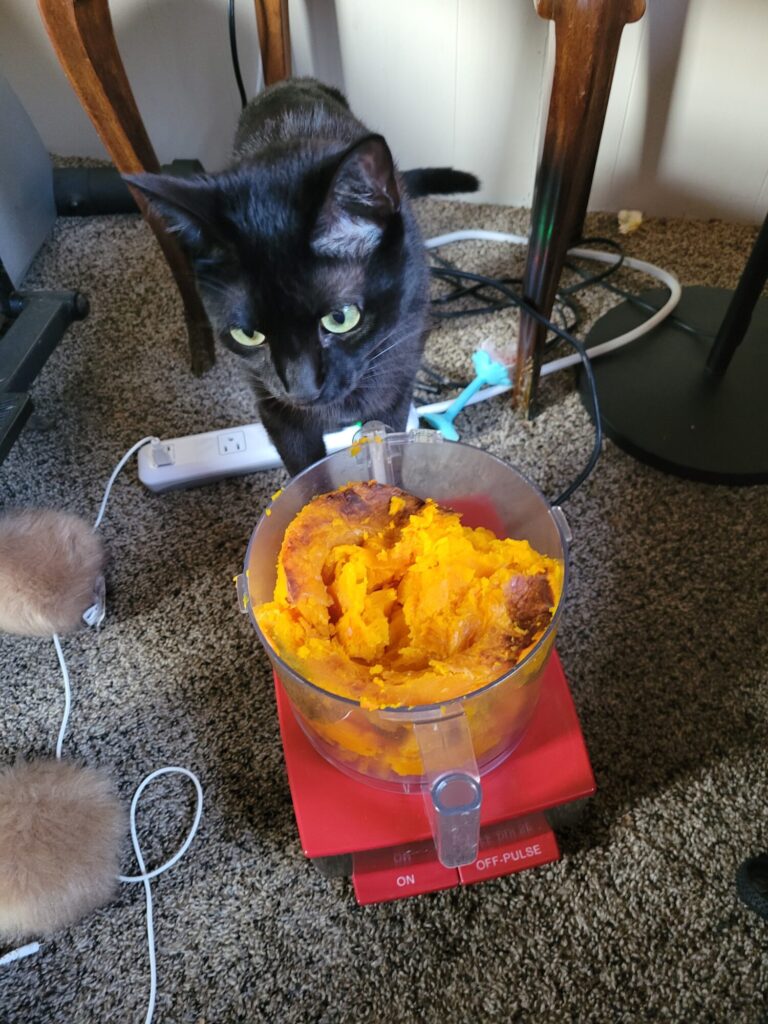
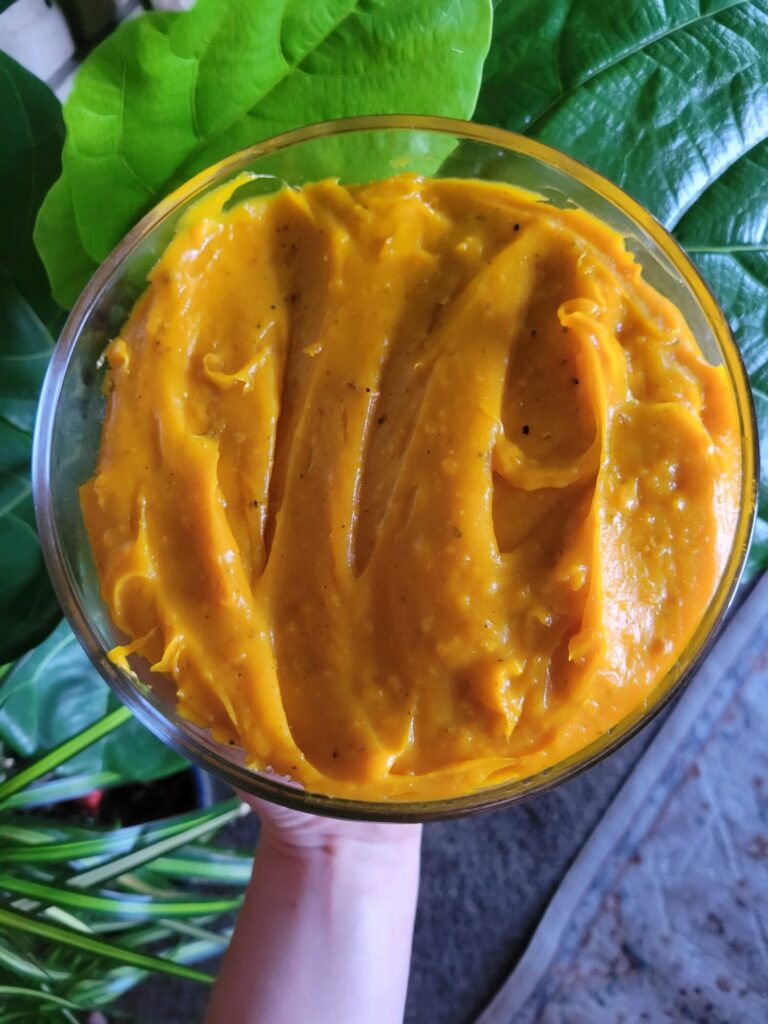
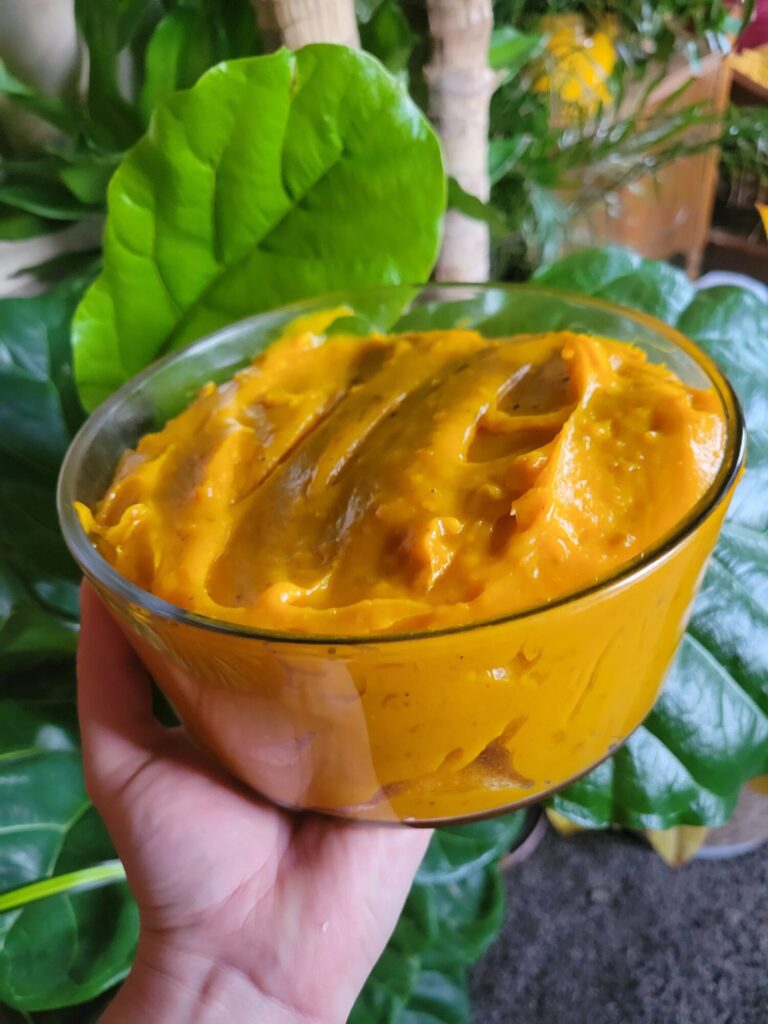

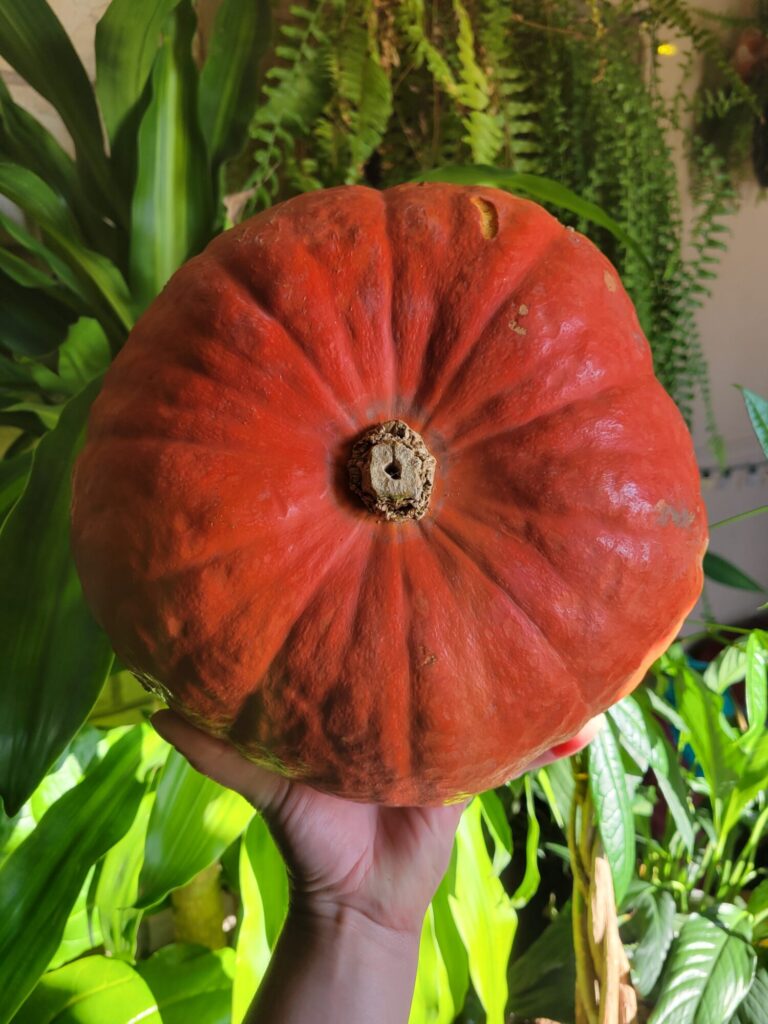
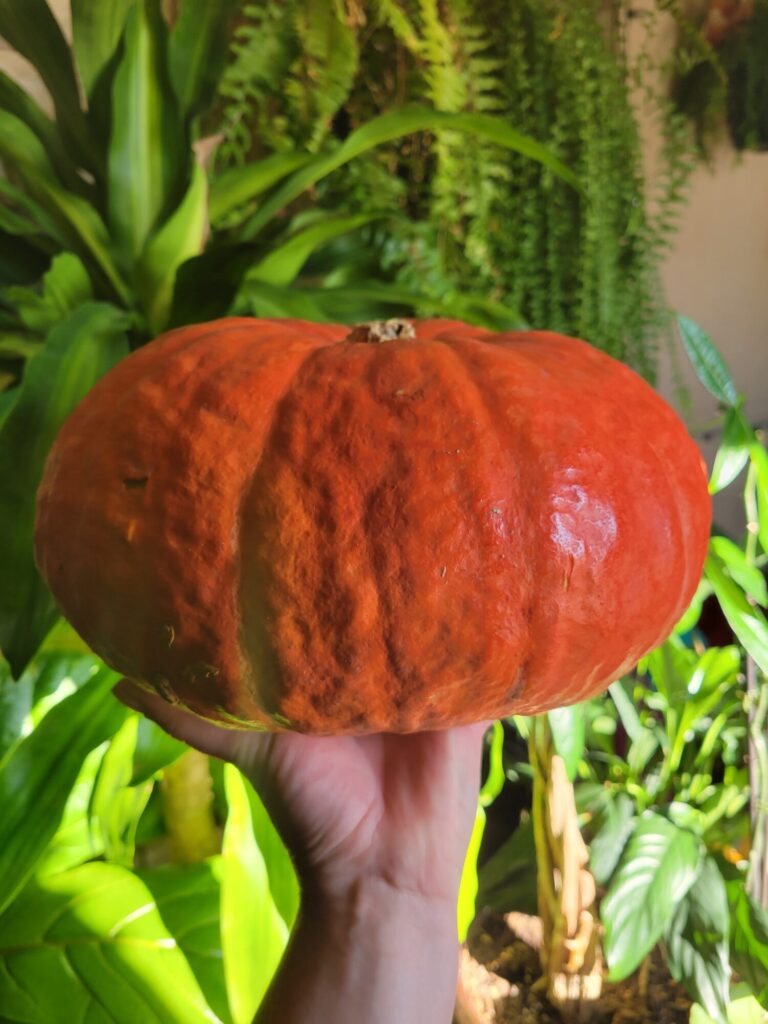
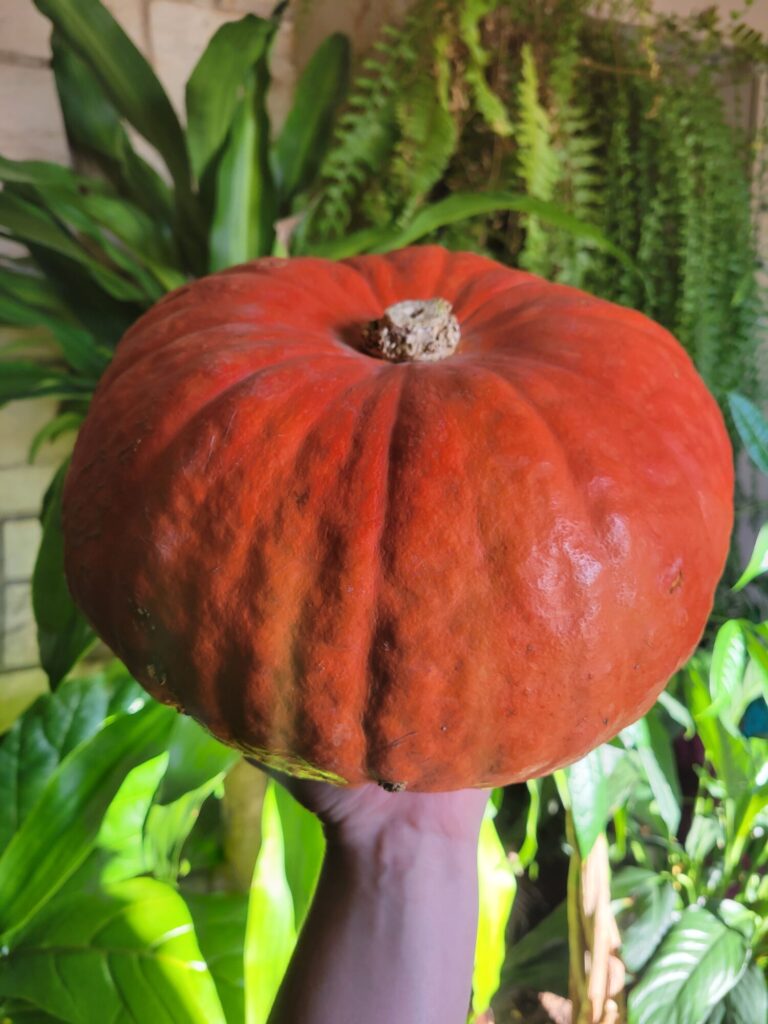
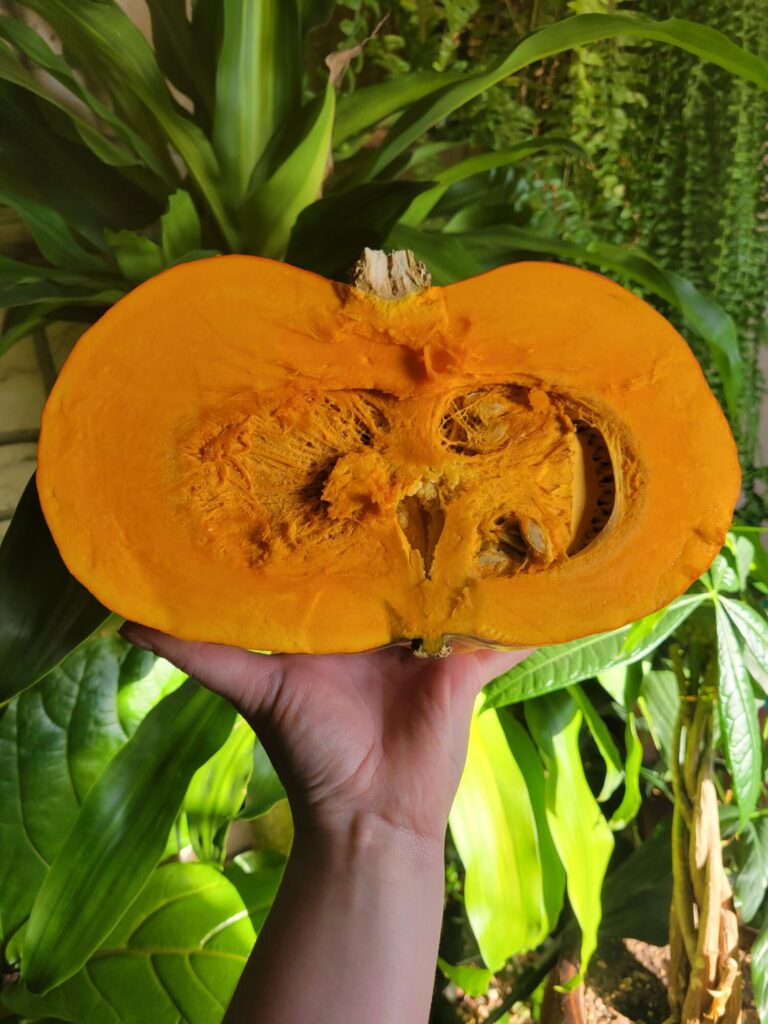

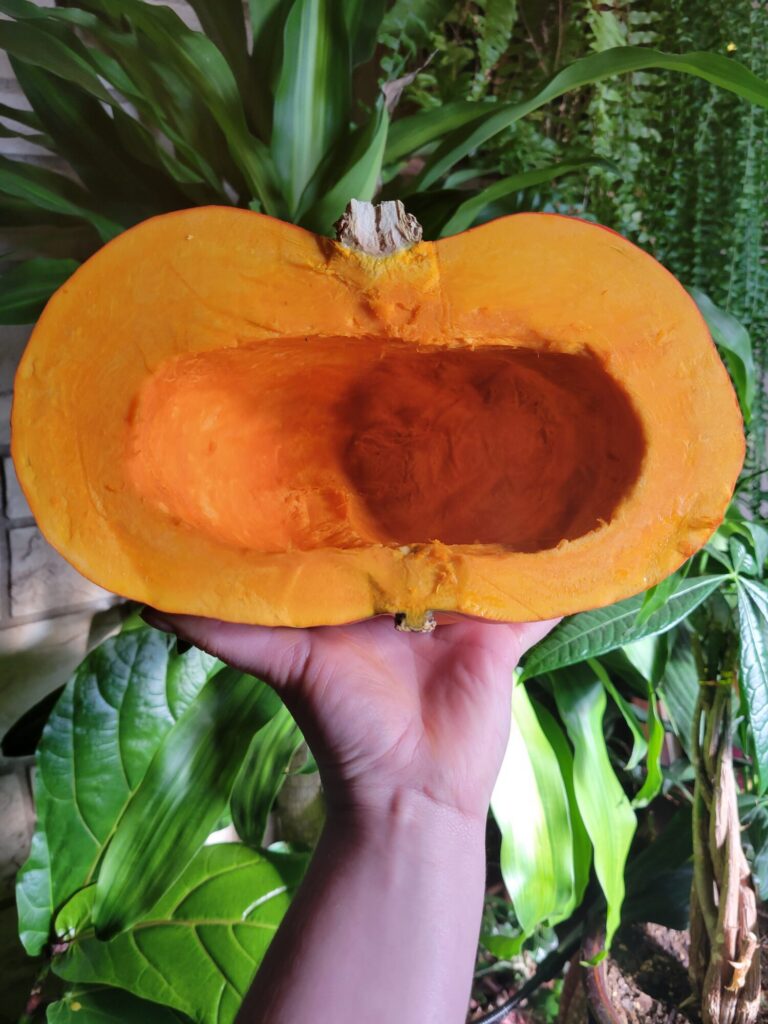

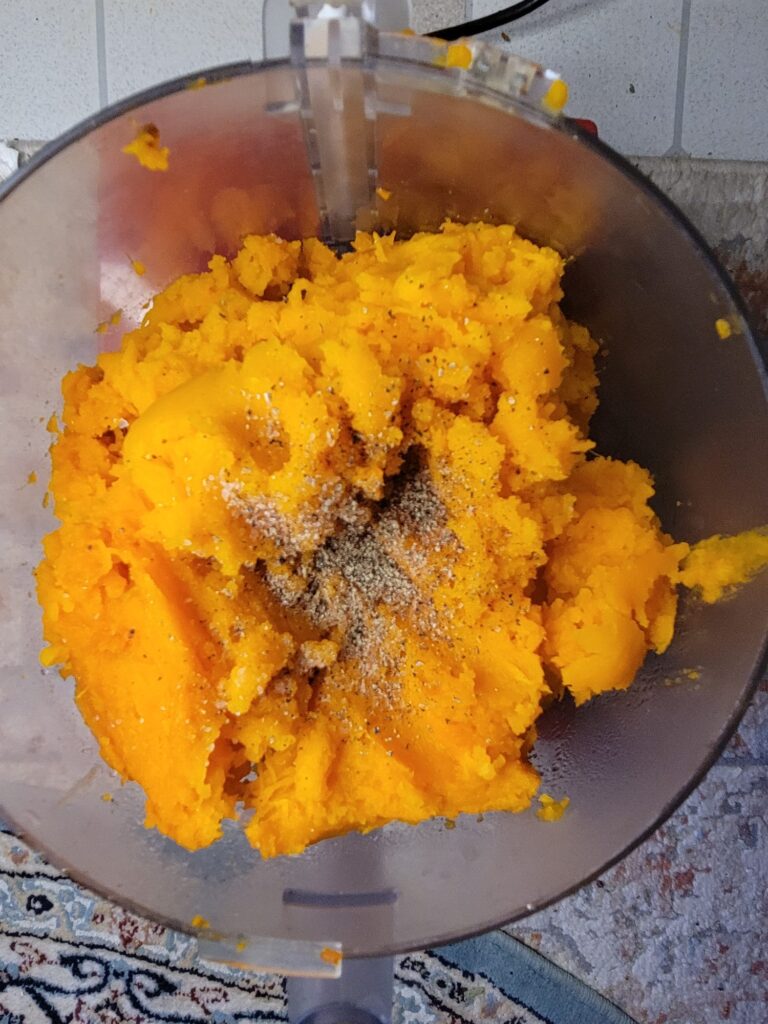

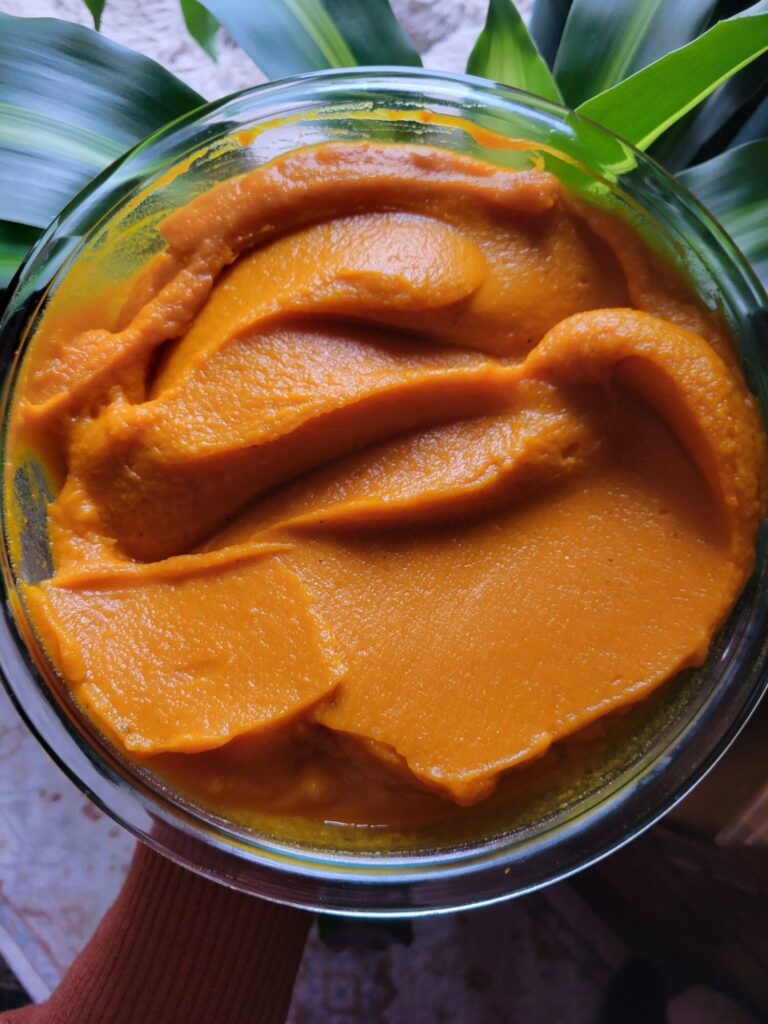


The bright, bright orange is relatively accurate. Much like Roasted Calabaza Squash, this is a very brightly colored squash. The white balance is overcompensating and making the rest of my apartment seem a little bit blue. But the squash itself is true to color! It's a very warm orange with a similar color to turmeric. I would wager that it would stain your carpets, clothes, and other fabrics! So, be warned. Wear black when cooking.
Variations of Roasted Ambercup Squash
There are several different types of squash that roast incredibly well. Really, you can swap out any edible winter squash or pumpkin of choice. Just adjust the cooking time based on size and density of the gourd. And don't forget to roast the seeds! They're my favorite part. I almost roast too many squash in the fall and winter season just to have a constant supply of seeds.
Although the purée does hold up fairly well in the freezer if you do end up with too much! There's a lot of liquid in gourds, so it does crystalize slightly. But I tend to thaw it out and put it through the mixer again to kind of reconstitute the texture. Also, I'm often adding squash to other dishes and, in that case, it works incredibly well! You'd never notice that it was frozen in a batch of rice or slow cooker black beans.

Roasted Ambercup Squash
Equipment
- Oven
- Baking Sheet
- Aluminum Foil
- Oven
- Food Processor
Ingredients
- 1 ambercup squash (or similarly dense squash or pumpkin)
Instructions
- Preheat oven to 350 degrees Fahrenheit.
- Cut squash in half.
- Using a spoon, scoop out the innards to remove all of the seeds and stringy pieces. Reserve the seeds if you want to roast them for a fun snack.The "guts" are still edible, but can be texturally unpleasant. I will usually keep them to puree into soup or pet food. However, most people will discard them! Just make sure not to toss any seeds!
- Once you've cut in half and removed the innards from the squash, wrap in aluminum foil and place on a baking sheet.I do this by getting a piece of foil long enough to wrap around the entire squash. Place squash face down in the center of the foil. Then, wrap the edges of the foil around to cover the squash completely.I didn't do this, but would highly recommend cutting the squash into fourths, instead of just halves! This would decrease the rather long cooking time for something this size.
- Bake for about 2 hours depending on size. Make sure to flip halfway through so that the squash sides are face up.This is the trickiest part about roasting squash: the size of the squash can drastically increase the cook time. You’ll know that they’re done when the flesh is soft and you can poke it with a fork without any resistance. It will vaguely resemble the consistency of potatoes before you mash them. The best thing to do is to cook them for an hour and then check them every 20 minutes after that until they’re cooked throughout.
- Let cool to the touch.You can also put the squash in the refrigerator or freezer to speed up this process. Just place it in a heat-safe bowl and place an oven mitt in between the bowl and any glass shelves. As the rapid change in temperature can crack and break.
- Remove skin and add squash to the food processor. It should peel off easily. If you like, you can get every bit of pumpkin out of it by scooping the remaining pumpkin out with a spoon.
Tips, Tricks, & Notes
- This also took absolutely forever to cook! You can cut them into quarters to speed up this time.
- For more tips and tricks to roasting squash, I have an entire article on The Fundamentals of How to Roast Pumpkins, Squash, & Other Gourds. This article more specifically pertains to the differences in varieties and my go-to recipe for smaller ones, like butternut squash and pie pumpkins.
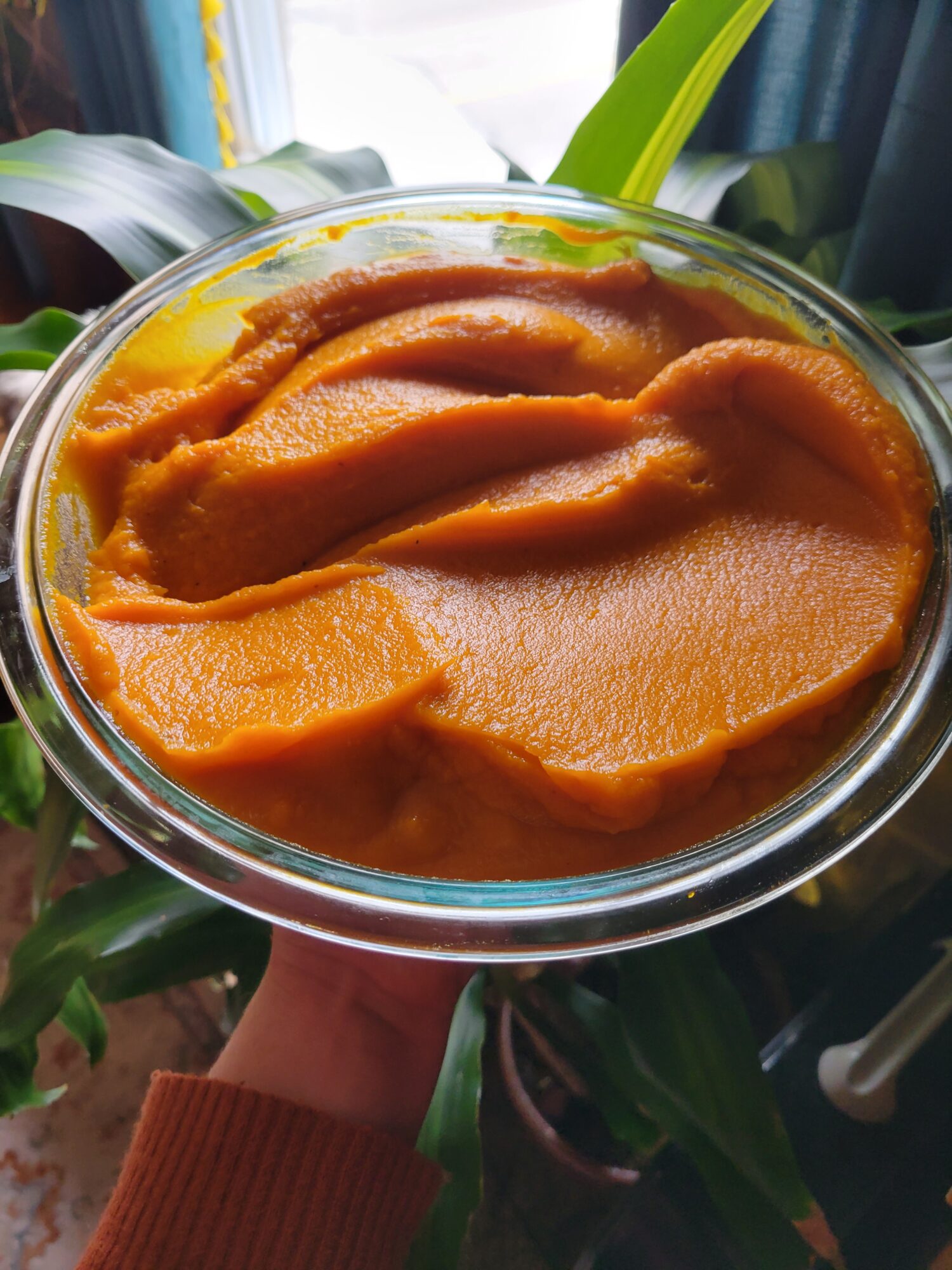


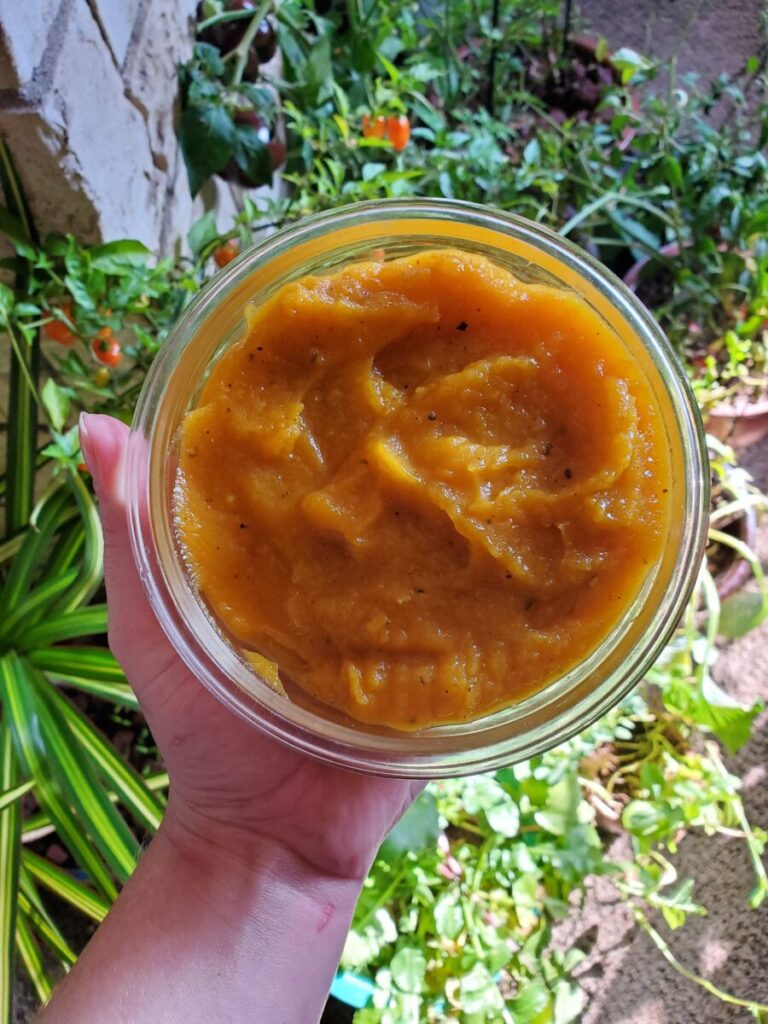
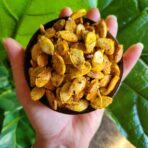

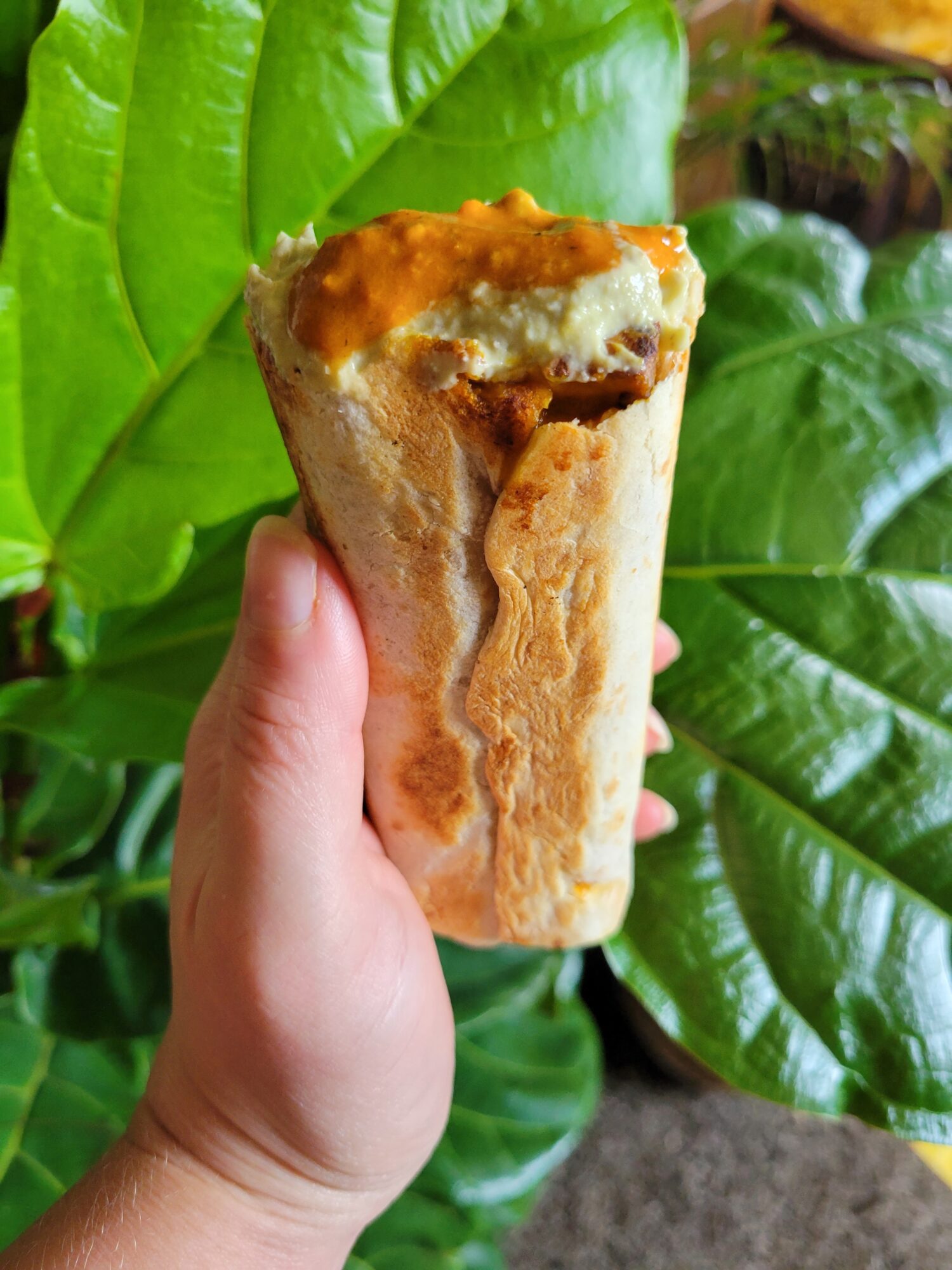
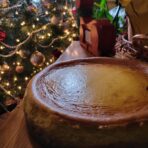

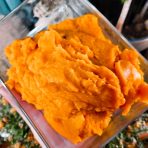
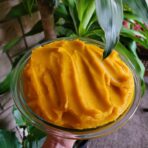

Leave a Reply